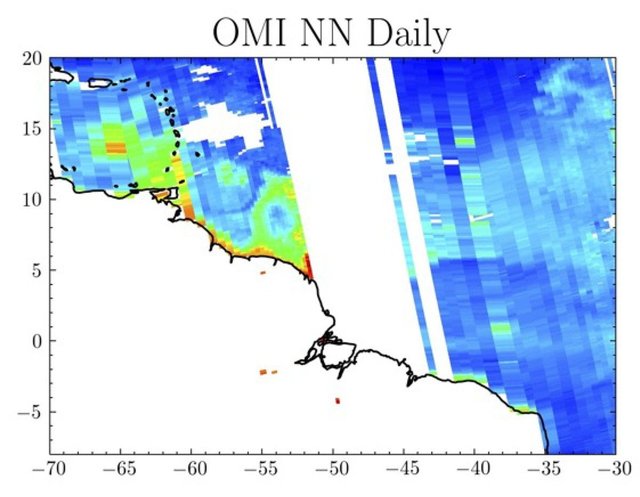Spotting Ocean Colors from Space: It's Not Just Pretty Pictures!
Ever looked at a photo of Earth from space and marveled at the swirling blues and greens of the ocean? These colors aren't just for show – they hold vital information about our planet! But what happens when clouds, aerosols (those tiny particles in the air), and sun glint get in the way? It's like trying to read a book with someone shining a flashlight in your eyes!
That's where some seriously clever scientists and a bit of machine learning magic come in. NASA's Aura satellite is like a super-powered color detective in the sky, using a special instrument to see a wide range of colors in the ocean. This is called hyperspectral data, and it's like having a super-detailed color palette!
But all that data can be tricky to interpret, especially when the atmosphere throws a curveball with clouds and other obstructions. That's where machine learning steps in! Think of it as teaching a computer to see through the clutter. Scientists are using these smart algorithms to analyze the data from Aura and get accurate estimates of ocean color, even when the view isn't perfect.
Why is ocean color so important? Well, it tells us a lot about the health of our oceans. Different colors can indicate the presence of phytoplankton (tiny plant-like organisms that form the base of the ocean food web), sediment, and other important stuff. By tracking ocean color, we can monitor things like harmful algal blooms, track the impact of pollution, and even understand how the ocean is responding to climate change.
So next time you see a beautiful image of Earth from space, remember it's not just a pretty picture. It's a window into the complex world of our oceans, and thanks to some clever science and machine learning, we're getting a clearer view than ever before!
